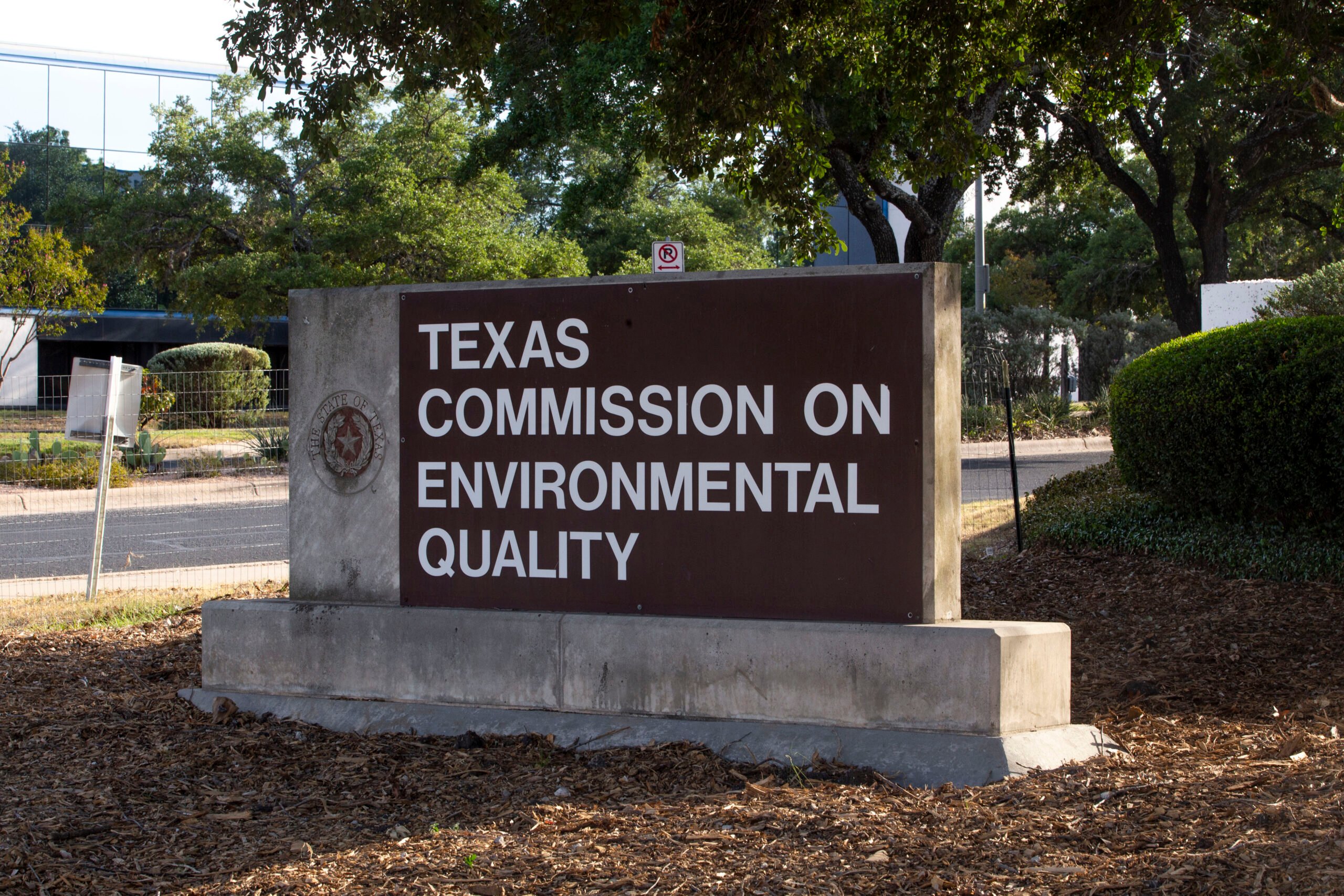
Endangered Science
Can Texas Comptroller Glenn Hegar oversee objective scientific research into rare species? Or is he rigging the process to keep them off the endangered list, as his critics charge?

A version of this story ran in the June 2017 issue.
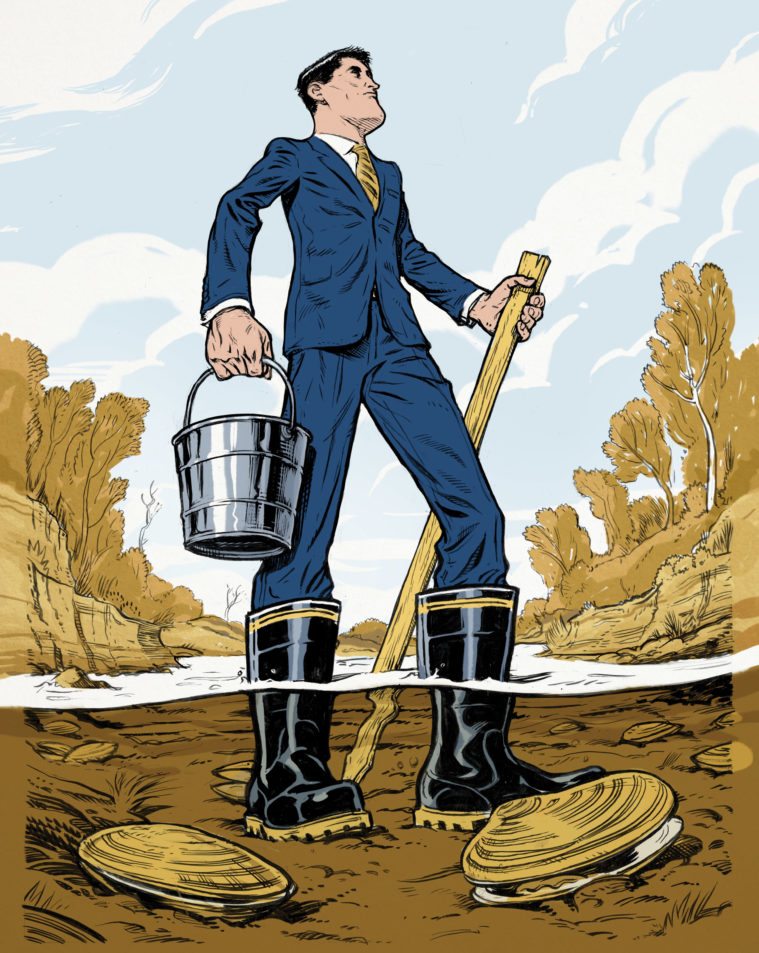
From the looks of them, it’s hard to imagine that the smooth pimpleback, the Texas fawnsfoot or the Texas fatmucket could threaten the Texas economy. Found at the bottom of rivers, these inconspicuous bivalves measure only a few inches in length, at most. Despite their fanciful Harry Potteresque names, they lack the charisma of other rare species. The spotted owl, the bald eagle or even the golden-cheeked warbler, they are not. Still, the prospect of listing up to six freshwater mussel species found in Texas as endangered has become a preoccupation of the Texas comptroller, the state office better known for collecting taxes and maintaining a registry of unclaimed property.
To researchers and conservationists, freshwater mussels are the late-night custodial crew of rivers: They play a quiet but critical role in filtering dirty water, which improves water clarity and the health of the ecosystem for fish and wildlife. Some research indicates that mussels and clams are even capable of removing human contaminants, such as pharmaceuticals and flame retardants, from waterways. But mussels are on the decline nationwide. In Texas, six species found in rivers as diverse as the Rio Grande, the Guadalupe and the Colorado are thought to be potentially endangered.
To powerful interests that depend on tapping Texas rivers, the mussels are a potential threat. If even one of the six species is found to be endangered in any of the state’s rivers, the U.S. Fish and Wildlife Service will require that the species be protected across the state. That could force water managers to change how water rights are divvied up for cities, power plants, agriculture and industry. Ultimately, it could constrain water supplies for large petrochemical companies on the Gulf Coast, such as Dow Chemical, which draws billions of gallons of water from the Brazos River to operate its vast complex in Freeport; or rice farmers who rely on water from the Colorado; or the cities of New Braunfels and Seguin, which depend on the Guadalupe. Billions of dollars are at stake.
For the last six years, business interests frustrated with the Endangered Species Act have had an ally in an unlikely place: the Texas comptroller’s office. In 2011, then-Comptroller Susan Combs, a sharp-tongued West Texan, convinced the Texas Legislature to wrest control over endangered species conservation from the Texas Parks and Wildlife Department and give it to her. With the stroke of a pen, the state’s head bean-counter was put in charge of the dunes sagebrush lizard, the lesser prairie chicken and the Western chicken turtle. In 2013, she convinced the Legislature to put up $5 million for a research program run by the comptroller. Combs was clear about her mission: to guard the Texas economy against the scourge of the federal government and the Endangered Species Act.
“With the stroke of a pen, the state’s head bean-counter was put in charge of the dunes sagebrush lizard, the lesser prairie chicken and the Western chicken turtle.”
Combs was brazen. She likened listings to “incoming Scud missiles” that threatened to blow up the Texas Miracle economy. She put the oil and gas industry in charge of a habitat conservation plan for the dunes sagebrush lizard, which makes its home in the Permian Basin. In 2015, she convinced a military official at Fort Hood to reverse his position that the protections for the golden-cheeked warbler hadn’t interfered with military readiness.
When Glenn Hegar, a Republican who served three terms in the Texas Senate, became comptroller in 2015, he took a more diplomatic approach, promising to clean up the endangered species program. Unlike Combs, he’s never explicitly said that his goal is to fight the feds over the Endangered Species Act. “We can protect our economy and our environment better than the federal government or any single interest group,” the comptroller’s website states.
The Legislature tried to bring more credibility to the program in 2013 by directing the comptroller’s office to contract only with Texas public university researchers — not private firms or industry groups. But an Observer investigation has found that the Legislature’s strategy to avoid controversy hasn’t gone as planned.
Academic researchers at Texas A&M claim that Hegar and his subordinates tried to pressure them to use a favored private firm, Bio-West, to conduct scientific research into freshwater mussels.
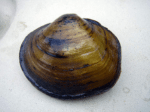
When the A&M scientists, wanting to maintain independent control over the research, backed out of working with the comptroller, the agency instead expanded the project and gave a $2.2 million contract to a researcher at Texas State University with no mussels experience. About a third of the funding is being passed through to Bio-West, a private environmental consulting firm with ties to Robert Gulley, the head of the endangered species program at the comptroller’s office. The company is also now in charge of a conservation program for the dunes sagebrush lizard.
In total, the Observer spoke to 13 Texas researchers at universities, environmental consulting groups and state agencies about the comptroller’s endangered species program. Most asked for anonymity, fearing retaliation from the comptroller, but they all said they worry that the process is rigged to favor biased science aimed at keeping species off the endangered species list.
“What’s particularly troubling is the increased reliance on Bio-West,” said one Texas university biologist, who requested anonymity. “Bio-West is not a recognized expert on the taxa they are receiving funding for, and their close ties to industry raise serious questions about why they are involved, their objectivity and the quality of science they will produce. The way the program is currently managed seems outside the spirit of the enabling legislation.”
Hegar and Gulley vehemently deny allegations that they strong-armed Texas A&M. They said they simply want to produce good research. “We’re not about whether [a species] does or doesn’t get listing,” said Hegar. “It’s not about making this issue political, because it’s about research. It’s about facts and science. It’s about having the best information possible for people to make decisions.”


In 2010,the Obama administration announced that it was considering the dunes sagebrush lizard — a skittish, 3-inch reptile found in the West Texas oil patch — for the endangered species list. At the time, the Permian Basin was in the early days of a bonanza unleashed by high oil prices and fracking. The shy little lizard was seen as a potential party-pooper. The next year the Midland Reporter-Telegram announced its “Newsmaker of the Year”: “It’s that d*** sagebrush lizard!” Then-state Representative Warren Chisum, a gregarious creationist from the Panhandle, warned that the listing would “inflict severe economic damage.” Combs wrote to the U.S. Fish and Wildlife Service that listing the lizard could have “significant and even disastrous economic impacts.”
With the backing of the oil and gas industry, Chisum inserted an amendment into the massive state budget bill in 2011. That little-noticed maneuver abruptly shifted the oversight of endangered species from the Texas Parks and Wildlife Department to Combs’ office. Combs wasted no time engineering a program to attack the Endangered Species Act. Her first move was to put the Texas Habitat Conservation Foundation, a nonprofit founded by the Texas Oil and Gas Association, in charge of an effort to prevent the dunes sagebrush lizard from being listed. The foundation was funded by oil and gas producers who wanted to drill near lizard habitats. The money was then given to landowners — most of them royalty owners — in the area to conserve their land for the species.
After Chisum retired from the Legislature in 2012, he went to work as an oil and gas lobbyist and in 2013 joined the foundation’s board. Wildlife groups criticized the arrangement as an outrageous case of putting the fox in the henhouse — or, more accurately, the hawk in the lizard den.
Have a tip about endangered species research in Texas? Email the reporter at [email protected] or call her at (512) 477 0746 x 105.
Though the U.S. Fish and Wildlife Service heralded the arrangement as an innovative example of state and federal cooperation, some state lawmakers and environmental groups said it was impossible to verify whether the conservation efforts were working. Information about where the lizard was found, which landowners were participating and how they would preserve habitat was all secret. The foundation insisted that the lizard’s habitat hadn’t been disturbed, but Defenders of Wildlife, a nonprofit conservation group, published satellite imagery that showed roads, well pads and other infrastructure in the protected area. Two Fish and Wildlife Service biologists told the Austin American-Statesman in 2015 that they were forced out of Texas after they vocally objected to the comptroller’s attempts to derail an objective process. In 2015, Hegar ordered an audit of the lizard conservation program and discovered that the foundation had done very little of the restoration and preservation it had promised.
Regardless of the controversy, the scheme worked. It kept the lizard off the endangered species list. It also got Combs thinking: Could her office prevent other species from being listed?
“Under Susan Combs, theoretically, at least, there was transparency. That system has been apparently eliminated and many funds are now being distributed without requests for proposals.”
In 2013, Combs nearly lost control of her pet project. Outraged by the secrecy around the dunes sagebrush lizard, state Senator Kel Seliger convinced the Legislature to pass legislation moving endangered species oversight to a task force with board members from Texas A&M, Texas Parks and Wildlife and other state agencies. But in June, Governor Rick Perry vetoed the bill, saying the comptroller’s office had “efficiently overseen” the program. That same session, the Legislature allocated $5 million to fund research into any species the federal government was considering listing. Though the money ended up in the comptroller’s hands, lawmakers were clear who was supposed to do the research: “state public universities with demonstrated experience in species or habitat research, evaluation, and analysis.”
When Glenn Hegar took office in 2015, many environmental advocates and researchers hoped he would professionalize the endangered species program and shed the controversies the agency had picked up under Combs. Soon after taking office, Hegar said he wanted to take the program in a “different direction” and hired Robert Gulley, a well- known figure in the conservation world, in part to show the new tack the agency would take. Gulley had worked as a senior trial attorney for the Department of Justice under Obama, fighting endangered species lawsuits. He holds a doctoral degree in anatomy.
From 2007 to 2013 he worked for the Edwards Aquifer Authority overseeing conservation of rare species found in Hill Country streams, such as the fountain darter and Texas wild rice. There, Gulley had relied on Bio-West to study the water quality and quantity in the rivers and its effect on rare species. From 2002 to 2011, the firm produced at least 28 reports for the Edwards Aquifer Authority on the effects of river flows. Those studies helped Gulley broker a deal between river authorities and cities to protect rare species found in the river systems while ensuring that the cities and business interests along the river were guaranteed water. The plan was lauded by environmentalists and helped protect eight rare species, including the Texas blind salamander and Texas wild rice.
But almost immediately after Gulley was hired by the comptroller’s office, researchers in Texas noticed a marked shift in how the comptroller was doing business. For one, bids for research proposals are now very rarely posted publicly. Under Combs, 19 bids were posted in the Texas Register and other government-contracting websites, and 11 contracts were signed for about $2.3 million. Under Hegar, the agency has inked 10 contracts for about $3.6 million, but only four were posted for competitive bids.
Under Combs, “Theoretically, at least, there was transparency,” said Benjamin Schwartz, a biology professor at Texas State University. “That system has been apparently eliminated and many funds are now being distributed without [requests for proposals].”
Lauren Willis, a spokesperson for the comptroller’s office, told the Observer that those figures were accurate, but that the agency had issued fewer contracts with larger sums of money. She also said that since there are very few experts on a particular species in the state, the agency reached out to those researchers and eliminated the need for bids.
Gulley’s first scuffle with Texas A&M took place a few months after he joined the comptroller’s office. Since 2012 the university had been working with the Texas Habitat Conservation Foundation, the group funded by the oil and gas industry, to implement a conservation program to protect the dunes sagebrush lizard from drilling activity. But after Glenn Hegar took office, he terminated the contracts with A&M and put Bio-West in charge. Later, he would dismiss the foundation, too.
While conservationists cheered moving control of the program away from the oil and gas industry, the changes were also a boon to Bio-West. Gulley put Bio-West in charge of the lizard program, inking two contracts for close to $900,000 with the company.
Hiring Bio-West was “one of Gulley’s requirements,” said Joe Maley, who was chairman of the foundation’s board at the time. “He made it very clear that he wanted Bio-West.”
Willis told the Observer that Gulley required the foundation to hire a “compliance firm” and suggested they use Bio-West or SWCA, another environmental consulting group. Because Bio-West had an office in Midland, Gulley felt Bio-West was a better option, Willis said.
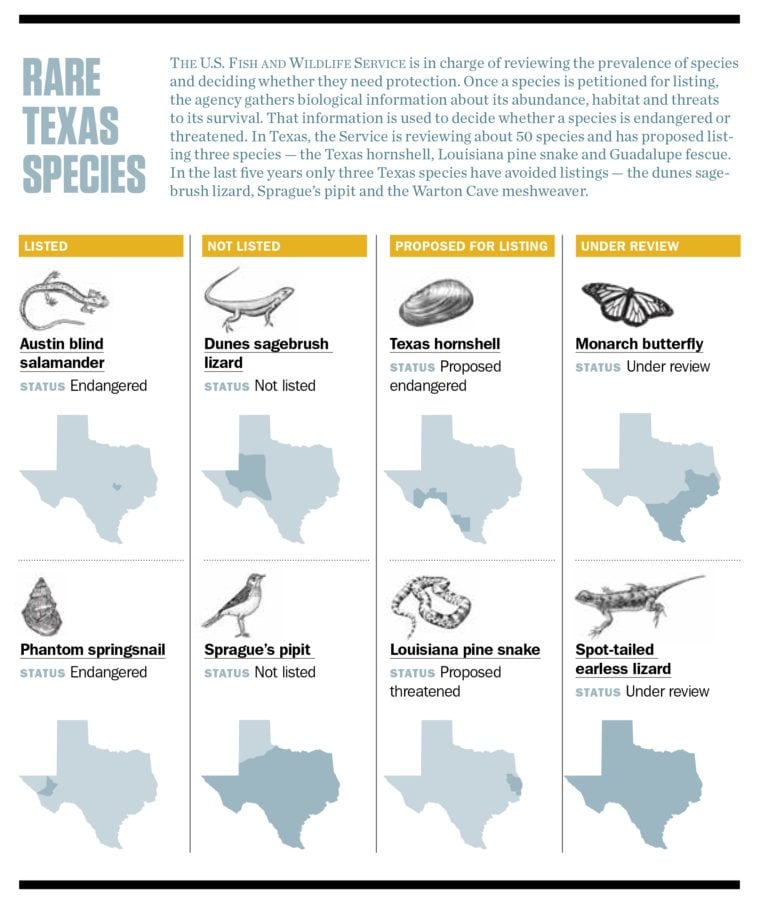
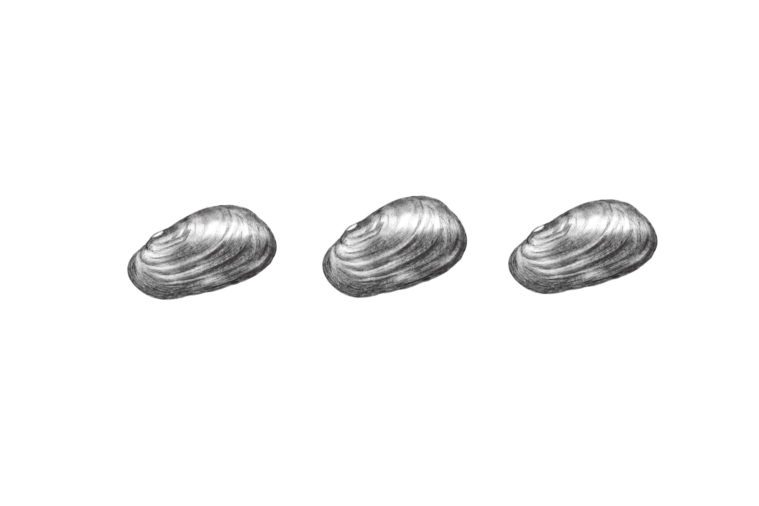
Freshwater mussel research isn’t the sexiest field of study, but Texas A&M can lay claim to some of the best researchers in the state. Charles Randklev, A&M’s lead mussel biologist, is a well-recognized figure in the community. In 2011, his team found remains of the false spike, a species previously thought extinct, in the San Saba River in Central Texas.
Under a $600,000 grant from Combs, Randklev had gathered data on the Texas fatmucket, false spike and other mussels that could be endangered. A&M would seem to be a natural fit for the kind of unbiased academic research the Legislature had ordered.
In early 2016, the comptroller’s office was eager to get a deal signed for mussel research. The Fish and Wildlife Service seemed likely to list the Texas hornshell, a dirty brown species of mussel found in the Rio Grande, which raised concerns that the feds would do the same with the other five species.
Gulley wanted research done quickly so he could influence Fish and Wildlife Service’s listing decisions. In early 2016, Randklev, Gulley and Roel Lopez, the head of A&M’s Institute of Renewable Natural Resources, met at the comptroller’s office in downtown Austin to discuss working together. Lopez said that Gulley suggested he hire Bio-West. According to Lopez, Gulley said Texas A&M would still be the lead investigator, but some of the survey work required to establish the abundance of the species could be done by Bio-West. Initially, Lopez was game. It was a $1.1 million contract and Bio-West would receive about $250,000. It was still a win for the university.
But Lopez quickly ran into trouble as he began negotiating the contract with Bio-West. Ed Oborny, Bio-West’s fisheries section leader, proposed revisions to the contract that gave Bio-West more control over the research, and a bigger cut of the funding.
An early draft of the contract listed Lopez and Oborny as project managers who would take the “lead role.” In later versions, Oborny suggested that Bio-West would visit the Texas A&M lab to monitor progress and have final say on the research progress reports, signaling that Bio-West — not Lopez — would really be in charge. Those provisions bear resemblance to a clause in earlier contracts that gave the comptroller veto power over any research universities produced.
“What you are proposing above makes me nervous,” Lopez wrote to Oborny in March 2016. “I will have to justify [to superiors] why Bio-West is being sole sourced here as a private subcontractor. They are going to ask what does Bio-West bring that some other contractor can’t? There are other contractors with equal skill sets.”
Finally, in October, Lopez gave up. In an email, he told Gulley he was pulling the plug on the proposal because there “were questions in how/why Bio-West was selected as preferred vendor, especially given nearly half of the budget goes to Bio-West.”
“If you’ve got a subcontractor that’s getting more [money] than the prime [contractor], it’s more of a pass-through,” Lopez told the Observer. “It raises the question, ‘Why are we involved?’”
A few days after Lopez pulled out of the contract, he and Randklev began looking for other places to apply for funding. They came upon the Brazos River Authority’s call for mussel research. The river is home to the Texas fawnsfoot and smooth pimpleback, and the river authority wanted to study the prevalence and distribution of the mussels. But before Texas A&M could submit a proposal, Hegar caught wind of it.
One October morning, on his way to give a talk at the University of Texas at Austin, Hegar called Phil Ford, the river authority’s general manager. Hegar wanted to know if Ford was in fact trying to fund freshwater mussel research. Did he know that the comptroller was also trying to do similar research?
Hegar told the Observer there was nothing untoward about his intervention with the Brazos River Authority and that he had a fiduciary duty to uphold. If the river authority funded research his office was already planning to do, it would ultimately be a waste of taxpayer money, he said. “We’re trying to do a duty at a very low cost and perform high-quality research, as the Legislature told us to do,” he said.
Hours after Hegar’s call, the Brazos River Authority withdrew the request for proposals from its website.
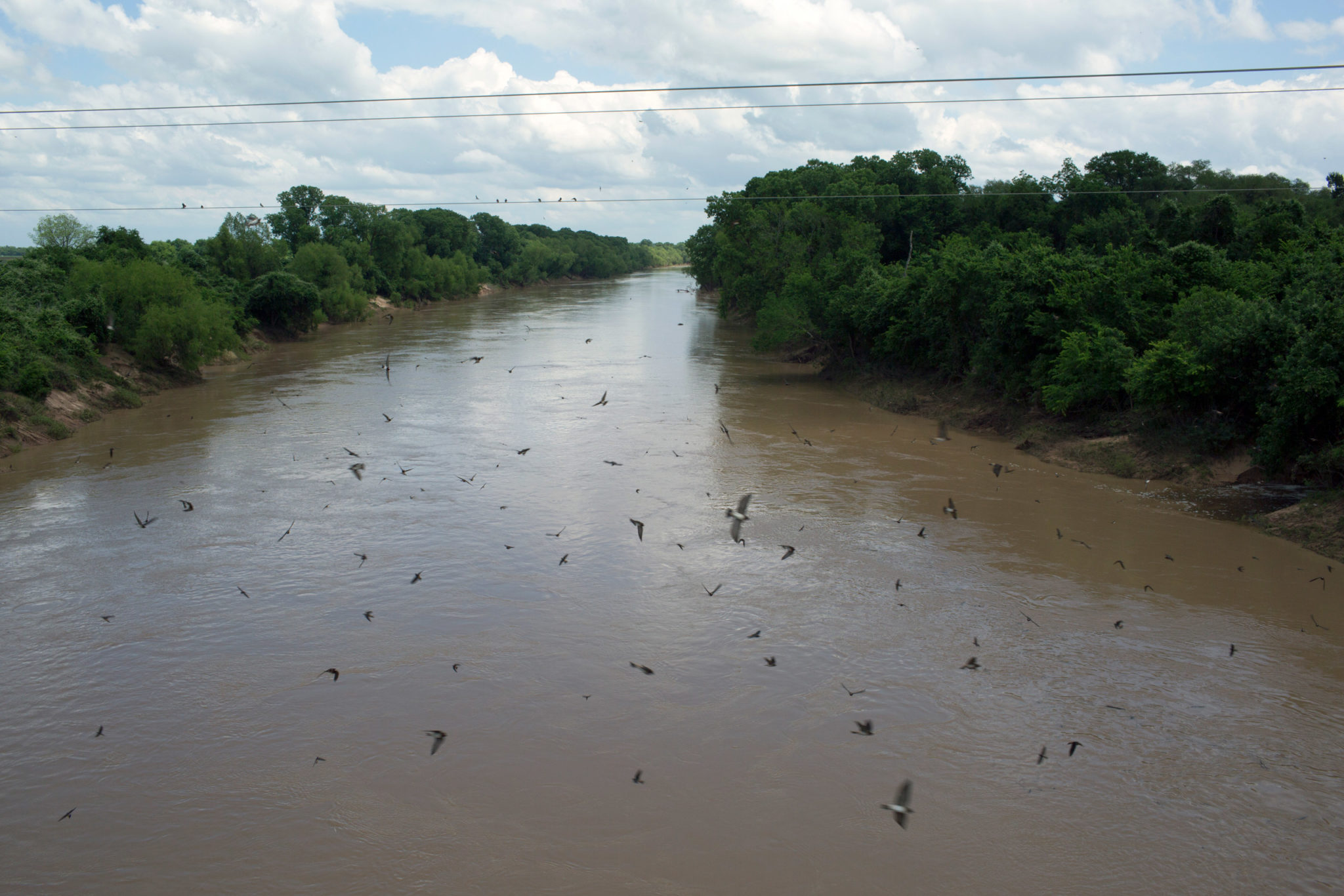

After negotiations with Texas A&M fell through, the comptroller awarded the mussel research contract to Timothy Bonner, an aquatic biologist at Texas State University. Though Texas State is the primary contractor on the $2.2 million contract, only about $350,000 stays with Texas State; about $740,000 is being subcontracted to Bio-West, and the rest is going to Auburn University in Alabama and the U.S. Fish and Wildlife Service.
Ya-Wei Li, an endangered species attorney at the nonprofit Defenders of Wildlife, said that the arrangement is problematic.
“Unlike universities, where there is a bit more of a wall between the interest of those who hired them and the research because of tenureship, consulting companies are much more tied to that funding,” he said. Li questioned whether contractors “can be objective and unbiased as opposed to being ‘hired guns.’”
Bio-West did not respond to specific questions about the mussel project, but Oborny said the firm “takes very seriously our objectivity, scientific integrity and reputation we as a company have established with over 40 years in the industry.”
“The comptroller’s office does not have a single biologist. They’re basically accountants.”
Bonner has little experience with mussel research. In 2015, he applied to the comptroller for a grant to study the golden orb mussel. He was rejected after a biologist at Texas Parks and Wildlife Department pointed out that Bonner was proposing to do work that had “already been done” and was suggesting doing more advanced work while “many aspects of the basic biology of golden orb … are unknown.”
“People think if [Bonner’s] done fish research, he can do mussels, but it is very different,” said one researcher, who spoke on the condition of anonymity because they did not have permission to speak to the press. “For example, if you knew anything about mussels and the current research, you wouldn’t have proposed a giant project on the golden orb. If you know what’s going on in the mussel world, that’s not a focus of research; it’s not a rare animal. If you’re out doing surveys, that animal is one of the easiest ones to find.”
Bonner told the Observer that mussel science was “a natural extension” of his work on fish species. “Of course, that’s my perspective, coming from someone who doesn’t have a publication on mussels,” he said. Bonner also said the decision to subcontract with Bio-West was his alone and that he had picked Bio-West because he’d worked with the company before. He admitted that he hadn’t reached out to other Texas university researchers before deciding to work with Bio-West.
“I’m not looking for superiority [compared to other researchers],” Bonner said. “I’m just looking for confidence that … they can do the work with quality and within the timeframe we needed.”
At a February meeting announcing the mussel project, Bonner took a backseat in explaining the research. He spoke for about a minute, then let Oborny and his colleague present for more than 20 minutes. Hegar commended Gulley for putting together a great team. And Gulley tipped his hat to Hegar for wanting to “develop good science.”
Whether the comptroller funding will result in sound science remains to be seen. For Li, it’s “a good thing” that Texas is spending money to survey endangered species, but he said there’s a fundamental problem with the system Texas has created: The comptroller, an elected partisan position that collects campaign contributions, has no business overseeing scientific research.
“The comptroller’s office does not have a single biologist,” he said. “They’re basically accountants.”
This article appears in the June 2017 issue of the Texas Observer. Read more from the issue or become a member now to see our reporting before it’s published online.

